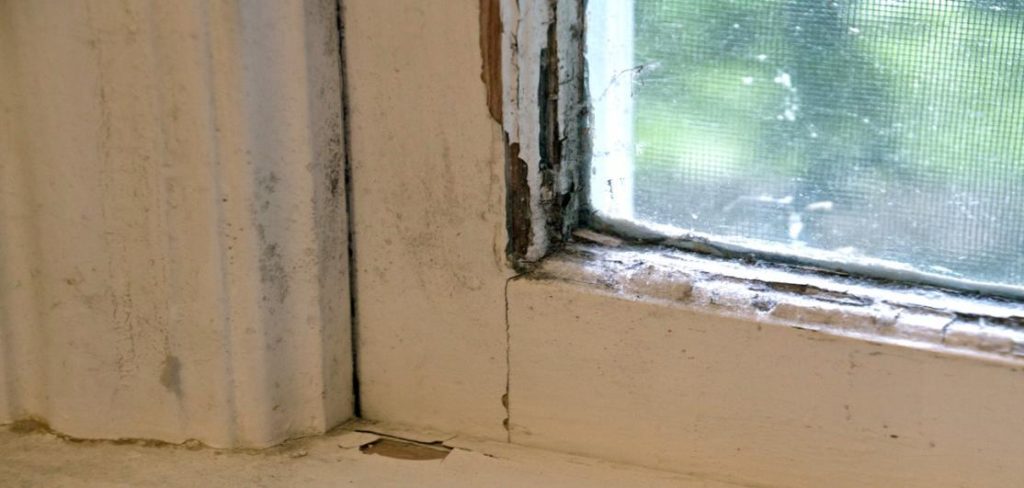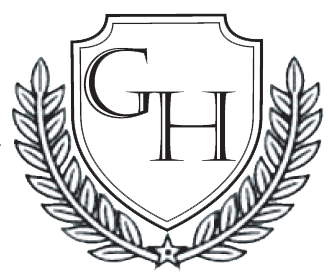
The Department of Housing and Urban Development has allocated $330 million in grants to clean up lead-based paint and other health and safety hazards in low-income housing. The grants will be provided through HUD’s Lead Hazard Reduction and Healthy Homes Production for Tribal Housing grant programs.
“Your home is a haven from the outside world,” says HUD Secretary Ben Carson. “You shouldn’t be worried about the hidden dangers that could affect you and your family. Housing conditions directly affect the health of its residents. Grants like these will help communities around the nation protect themselves from the danger of lead exposure and other health and safety hazards.”
Lead paint was banned from residential use in 1978. Still, HUD estimates that about 24 million homes built prior to that time still have significant lead-based paint hazards. Lead-contaminated dust can cause several health problems—particularly in young children—such as learning disabilities, impaired hearing, and overall damage to the kidneys and central nervous system.
HUD’s Office of Lead Hazard Control and Healthy Homes says it wants to eliminate dangerous lead hazards from lower-income homes, as well as spark greater private sector investment in lead hazard control and educate the public about the dangers of lead-based paint.
To help identify places for the grant, HUD has added a category of cities and counties that have “high-impact neighborhoods” with an elevated concentration of pre-1940 housing, low-income families, and a high rate of young children with elevated blood lead levels. HUD plans to award up to $5 million each for grants in controlling lead-based paint hazards in communities with a large number of pre-1940 rental housing.
Source: HUD.gov
